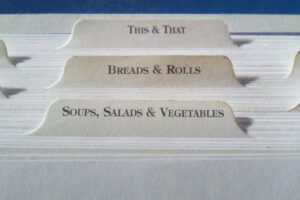Has anyone ever carefully unfolded a handwritten recipe from a loved one, like your mom or grandmother? You can almost smell the fragrance of the sugar cookies wafting into your kitchen, or perhaps the savory spice or barbeque sauce. Oftentimes, there will be additional notations in the recipes—”add “more if dry” or “watch carefully, burns quickly.” As I ponder these timeless pieces of paper, I realize that there is so much more than ingredients and instructions preserved here.
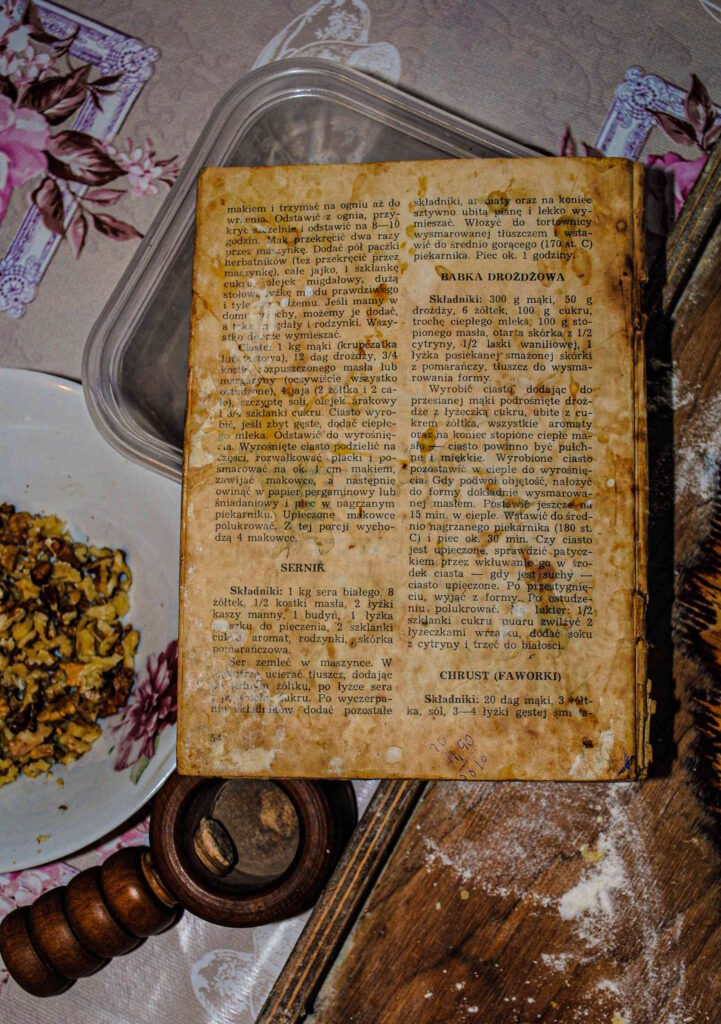
For many of us, our most precious family heirlooms are not stored in safety deposit boxes—they are sealed into sauce-splattered recipe cards or tucked into recipe boxes or the margins of old cookbooks. These cherished documents carry not just measurements and methods but also the stories, traditions, and wisdom of family chefs.
Discovering Traditional Recipes: Legacy in a Recipe Box
Four years ago, my mother passed away during the craziness of Covid-19. This past year, my sister-in-law, Stephanie, found my mother’s recipe box and located some of the butter-stained index cards, which brought fond memories from decades past to mind. Stephanie took handwritten recipes and had them laser printed onto cutting boards for Christmas gifts. Mom’s favorite dishes are etched into the wood as a reminder of the timeless tradition of meal preparation, passed down to her grandchildren.
My mom lived on the farm and would never have come up with the fancy name “homestead“—she “was simply a “farm wife”. She had an abundance of kitchen wisdom and some has been passed down. However, keeping Mom’s kitchen secrets alive through her handwritten recipes has become my compass as I navigate this journey of life and homestead cooking.
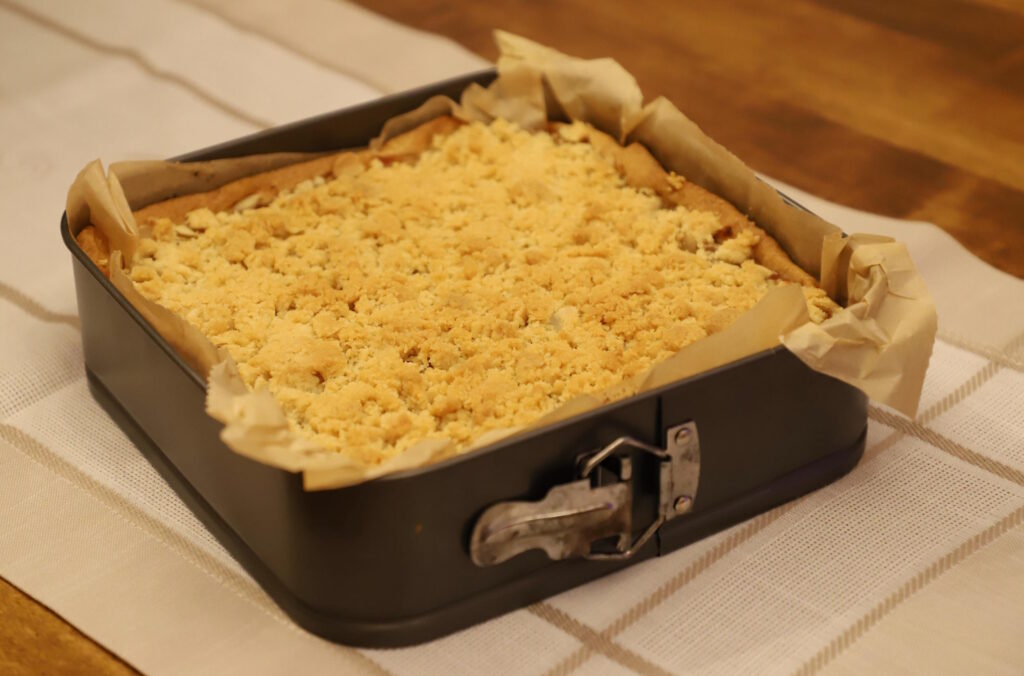
The Art of Recipe Hunting: Learning from Failures
My journey into homestead cooking began with more failures than successes. As a young wife, I wanted to preserve everything in the garden. I attempted to create recipes. from scratch. The results were… educational. Sourdough bread that worked better for doorstops than eating, salsa with too much vinegar that turned brown within a year of canning, and the soggiest pickles that even the chickens did not want.
Failures in the kitchen taught me three essential lessons about finding recipes that truly work for homestead cooking. First, I learned to find recipes that fit with our garden and my style of cooking. The most successful dishes did not include ingredients I would only use once or that were foreign to me, but those that celebrated what we already had in abundance in our own backyard. When zucchini threatens to overtake the garden, that is when you need a collection of recipes that transform this humble squash into everything from Dutch apple pie to tasty zucchini casserole.
Starting Your Recipe Collection Journey
Finding your family’s food traditions and building on them are not always the obvious cooks. Sometimes the relatives who organize family reunions, preserve family stories, or maintain holiday traditions are where the breadcrumbs lead. When you sit down with these culinary historians, specific questions yield the richest results. Asking about dishes made for special occasions, foods that evoke memories of specific family kitchens, or recipes they wish they had learned can unlock a treasure trove of culinary memory.
Recording recipes from oral tradition requires both patience and precision. Many experienced cooks work by feel and instinct rather than exact measurements. For example, if your Aunt Marie demonstrates her legendary dinner rolls, I carefully measure each “handful” and “pinch” tossed into the bowl. Convert them into standard measurements that future bakers can follow. The key lies in asking clarifying questions about every step, from oil temperature to dough thickness, transforming vague instructions like “cook until done” into specific, actionable guidance like “cook 15 minutes or until lightly browned on top.”
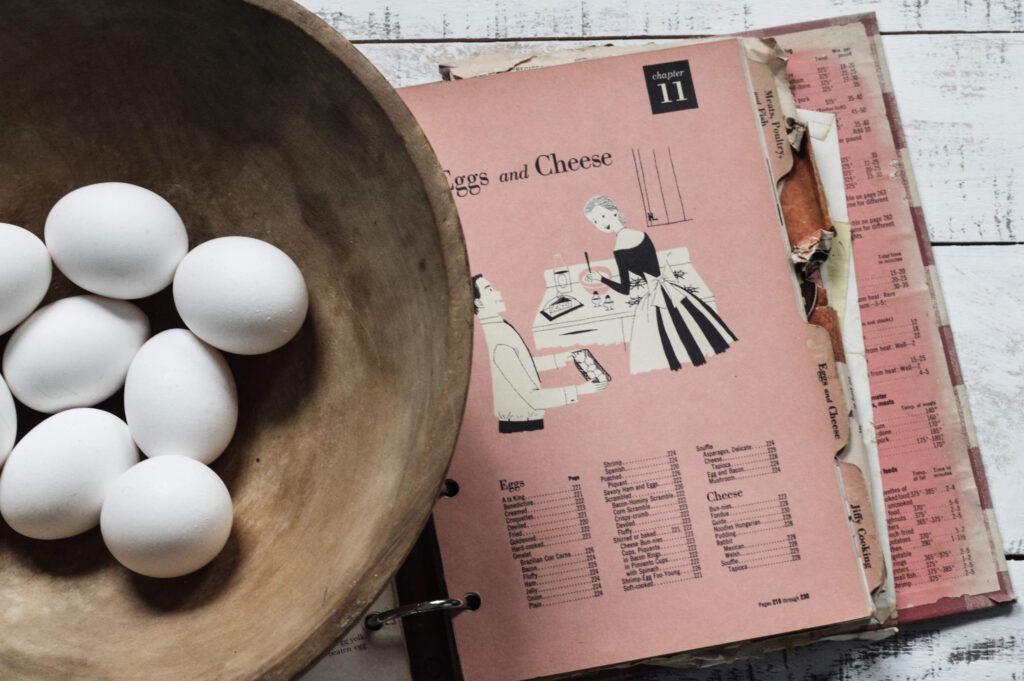
How to Effectively Document Family Recipes
A comprehensive recipe record should capture both technical details and family context. Beyond listing ingredients and steps, it is important to record the story of each recipe’s legacy within your family history when possible. Who was known for making it? When did it traditionally appear on the table? What variations have different family members created? Understanding special techniques, equipment needs, and sensory cues ensures these dishes can be recreated authentically.
While written records form the backbone of recipe preservation, a layered approach captures the full depth of culinary knowledge. Photographs of original recipe cards preserve handwriting and marginal notes, while audio recordings keep family stories and memories alive. Video documentation is especially valuable for showing subtle techniques—such as dough-kneading motions, consistency checks, or complex assembly steps—that are hard to describe in writing. Finished-dish photos provide future cooks with a visual reference and inspiration.
Digital Recipe Storage and Organization
Digital tools make preserving family recipes both sustainable and accessible. Cloud storage services keep secure backups, while recipe management software organizes and scales collections effectively. Combining digital records with photos, videos, and written notes creates a rich, long-lasting archive of culinary knowledge that future generations can easily explore and share.
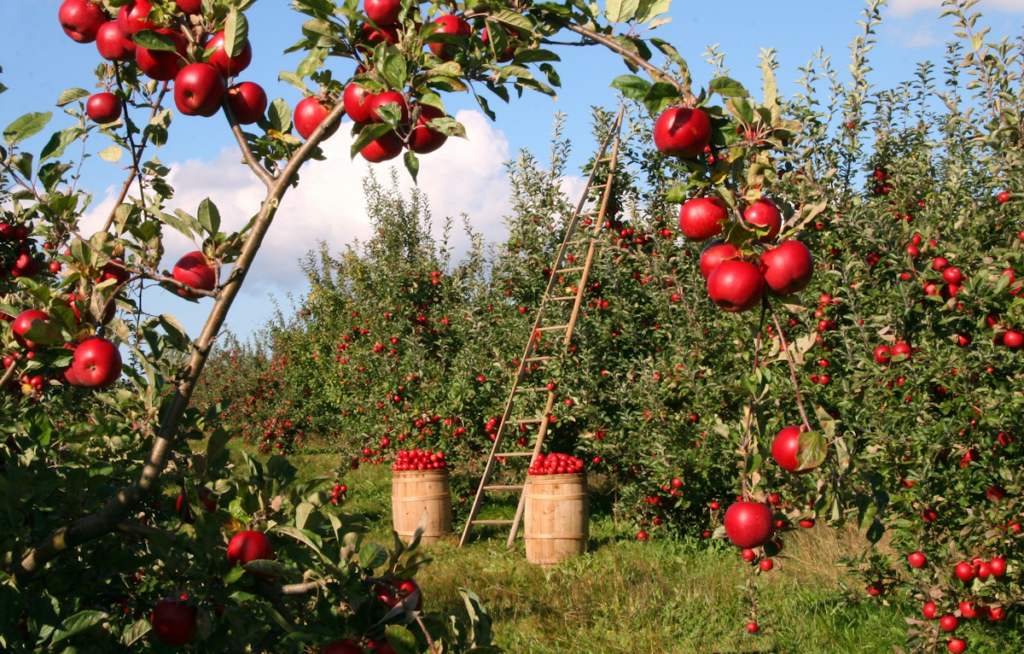
Seasonal Recipe Collection Strategies
Recipe gathering naturally follows the rhythm of seasons, each time of year offering unique opportunities for documentation and preservation. Winter brings holiday gatherings where family recipes shine brightest—these moments provide perfect opportunities to document traditions while they are actively being practiced. The quiet indoor months also offer ideal conditions for organizing documentation and testing heartier recipes that warm both body and soul.
As spring begins, our focus shifts to capturing the awakening garden-to-table traditions. This season of renewal presents the perfect time to document planning methods for the growing season ahead and test recipes that celebrate emerging produce. Summer brings preservation techniques into focus, as harvests reach their peak and traditional methods of storing nature’s bounty become crucial knowledge to capture. Autumn rounds out the cycle with harvest celebrations and winter preparations, each season adding its own chapter to your family’s culinary story.
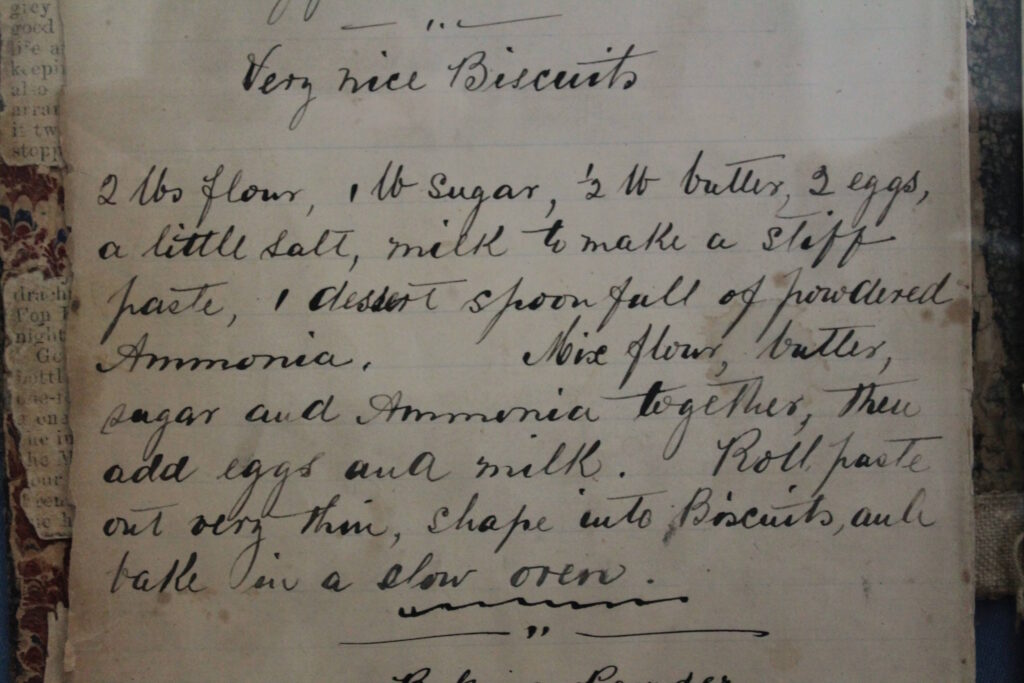
Converting Old Recipe Measurements
Translating family recipes for modern kitchens requires careful attention to technical details. When Grandmother’s recipe calls for a “moderate oven,” we now know that translates to 350°F (175°C). Through careful testing, we have learned that “hot” typically means 400°F (200°C), while a “slow oven” indicates around 325°F (165°C). These temperature conversions prove crucial for consistent results across different kitchen setups.
Timing presents another area where precision matters deeply. Rather than relying on vague guidelines, modern recipe preservation benefits from exact minute counts for cooking times, including often-overlooked details like preheating periods and resting times. Equipment specifications matter too—an 8-inch pan produces noticeably different results than a 9-inch one, while glass and metal baking dishes can require temperature adjustments of up to 25 degrees.
Community Recipe Sharing
Recipe preservation flourishes best within a supportive community network. Local historical societies often maintain valuable records of regional cooking traditions, while community kitchens provide spaces for hands-on learning and sharing. Cultural centers preserve ethnic cooking traditions that might otherwise be lost, and senior centers often house vast repositories of unwritten culinary knowledge waiting to be documented.
Digital communities extend our reach beyond geographical boundaries, connecting us with others engaged in similar preservation efforts. Regional recipe groups share local variations and adaptations, while cultural cooking forums help preserve traditional techniques and ingredients. These connections not only enrich our own collections but also contribute to a broader understanding of our culinary heritage.
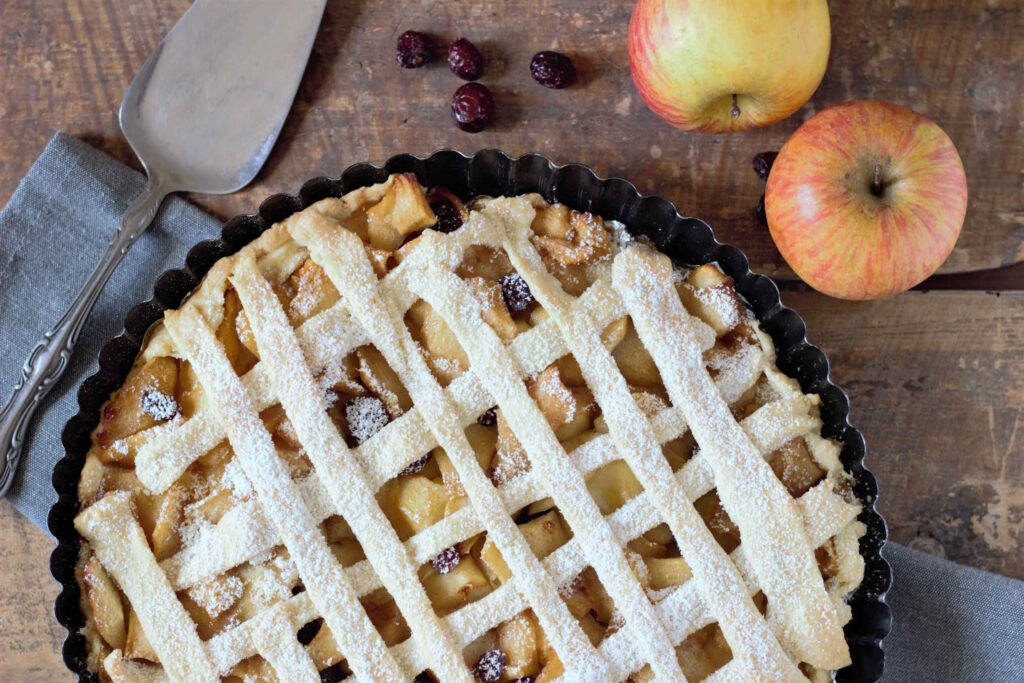
Preserving Sensory Cooking Techniques
One often-overlooked aspect of keeping family recipes alive is documenting the sensory cues that guide experienced cooks. The sound of properly kneaded bread dough slapping against the bowl, the precise shade of golden-brown that signals a perfectly baked pie crust, the way a correctly proofed dough springs back when gently pressed—these details can matter more than exact measurements in achieving consistent results.
Teaching future generations to recognize these signals requires careful observation and documentation. When working with family recipe keepers, pay attention to how they use all their senses. Note how they test doneness by smell, adjust consistency by touch, and evaluate progress by sound. These subtle cues, when properly documented, help bridge the gap between written instructions and successful execution.
Testing and Adapting
Today’s kitchens vary dramatically, from tiny urban apartments to sprawling farmhouse spaces, and our preserved recipes must adapt accordingly. A small kitchen might require creative solutions for limited counter space and storage, while suburban cooks might need guidance on scaling recipes for entertaining. Those cooking in rural settings might appreciate instructions for wood stove adaptations or large-batch processing methods for harvest seasons.
Equipment availability varies too, requiring thoughtful alternatives and adaptations. When Grandmother’s recipe calls for a specific brand of stand mixer that is no longer available, understanding the underlying technique helps identify modern equivalents. Storage solutions differ by setting as well—apartment dwellers might need innovative space-saving methods, while those with root cellars have different preservation options available to them.
The Evolution of Family Recipes
Family recipes often transform over time, adapting to changing tastes, available ingredients, and dietary needs. These adaptations become part of the recipe’s story, documenting how our families navigate changing times while maintaining connections to our culinary heritage. Modern adaptations might include gluten-free variations of traditional bread recipes, plant-based versions of family favorites, or streamlined methods for busy households.
These evolving recipes tell the story of how our families grow and change. Notes about substitutions for allergies mark the arrival of new family members, while scaled-up versions reflect growing gatherings. Even failed experiments can become part of the legacy, teaching future cooks the importance of innovation and resilience in the kitchen.
One important point to consider is to always keep the original recipe. Early on when I began adapting recipes in earnest, I saw no benefit in keeping the original recipe intact. I would change out modern ingredients for more traditional ones, like white sugar for honey and all-purpose flour for paleo or whole wheat flours. However, when I decided to change up the recipe to something else, I no longer had the original to use as a guideline. I had to try to recreate the original recipes, which took a lot of time and effort.
Creating a Living Legacy
Remember that your recipe collection is a living document, growing and changing. Today’s innovations become tomorrow’s traditions, as new family favorites join historical recipes in your collection. The photos we take of family cooking together, the stories we document of kitchen successes and failures, and the memories we preserve of meals shared all contribute to this ongoing narrative.
When baking your grandmother’s sugar cookies, following her careful instructions, you are doing more than making cookies. You are adding notes to a document of family love, continuing a conversation across the years. Your recipe collection can become a treasure, rich with the technical precision needed for success in the kitchen and the personal touches that make it uniquely yours.
The butter-stained recipe cards my sister-in-law located were not just cooking instructions—they were love letters from my mother to us and our children and our children’s children. Each tells a story of meals and desserts prepared with precision and the enduring power of food to connect the generations.
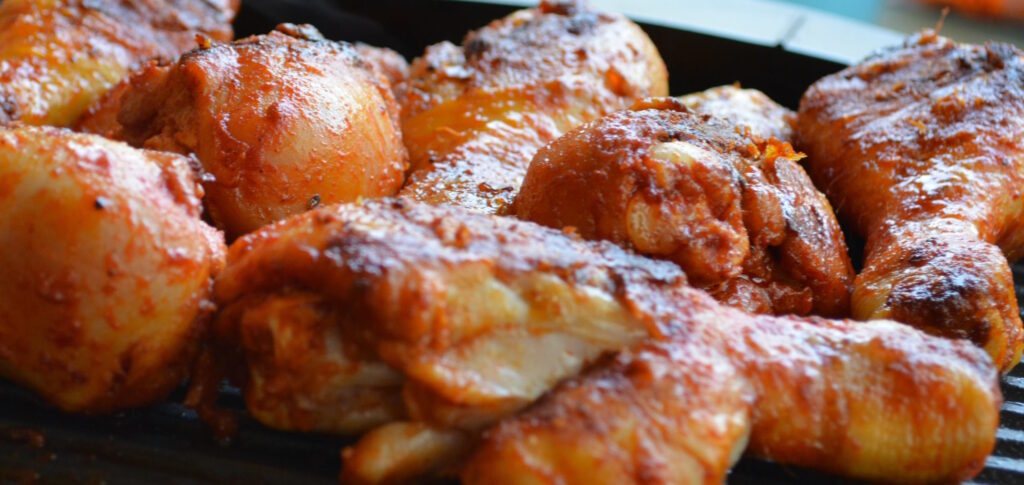
A Recipe from Mom’s Collection
One of the treasures we found in Mom’s recipe box was her famous BBQ sauce. Written in her distinctive handwriting, complete with her own updates and modifications, this recipe represents everything I love about preserving family cooking traditions—it is practical, tested through years of family gatherings, and includes those personal touches that make all the difference. I have added to it by making a chicken main course using her sauce.
Jan’s BBQ Chicken
Ingredients:
- 1 chicken cut into pieces (thawed)
- 1 batch of BBQ sauce per chicken
Instructions:
- Place thawed chicken pieces into a stainless-steel pan and cover with foil.
- Cook on low at 200°F for 4 – 4 ½ hours.
- Remove chicken pieces and juice from pan, then place into a glass 9×13 pan.
- Add sauce (1 batch per chicken) over the top of the chicken.
- Cook uncovered at 400°F for 45-60 minutes.
Notes for Larger Batches:
- Two chickens in a stainless-steel lasagna pan, cover and bake at 200°F for 6-6 ½ hours.
- Use a cutting board to drain the broth off.
- Leave in the pan and pour BBQ sauce over the top.
- Cook uncovered for 45-60 minutes at 400°F.
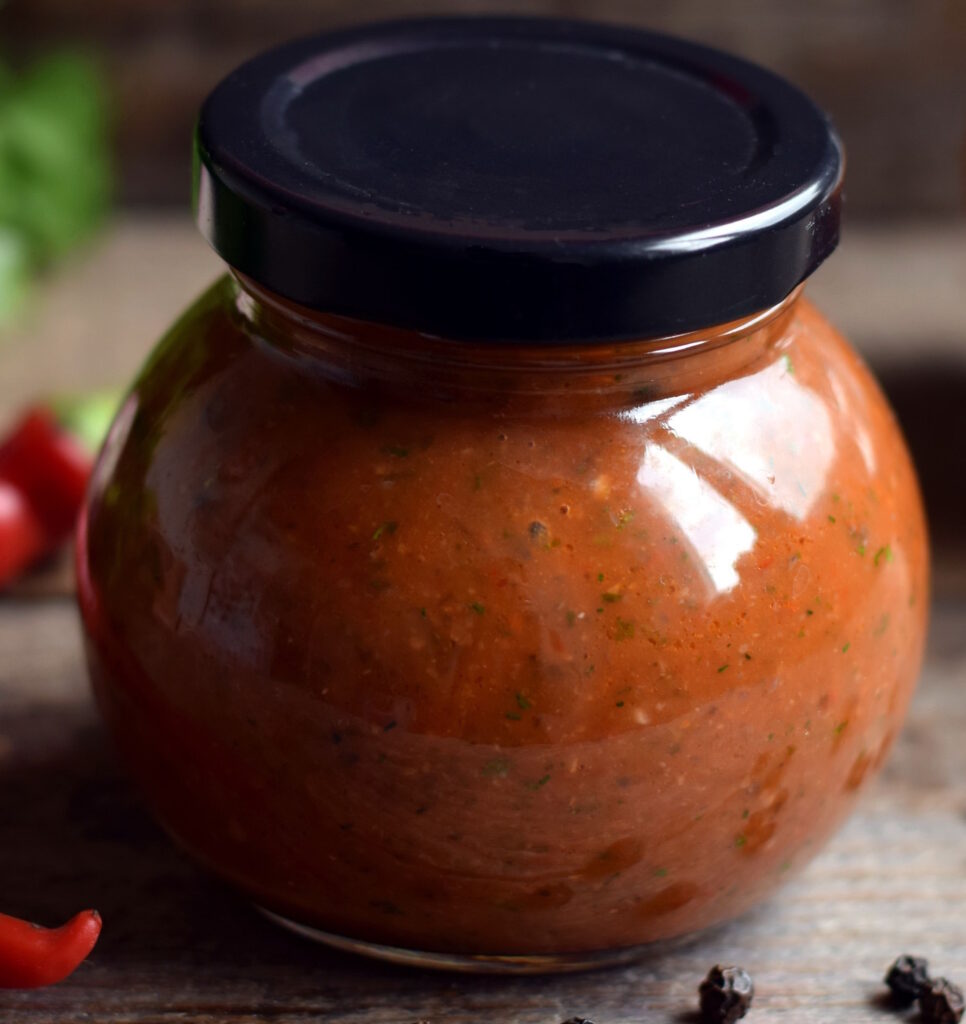
Mom’s BBQ Sauce
Single Batch Ingredients:
- 1 cup ketchup
- ¼ cup onion, diced
- 1 clove garlic, minced
- ¼ cup green pepper, diced
- ¼ cup apple cider vinegar
- 1 tablespoon prepared mustard
- 2 tablespoons brown (raw) sugar
- 1 ½ tablespoons Worcestershire sauce
- ½ teaspoon sea salt
- 1/8 teaspoon white (or black) pepper
- ½ cup water
Instructions:
- Combine all ingredients into a stockpot and stir well.
- Bring to a boil and cook over medium heat for five minutes, stirring constantly.
Scaling Options: For 2x batch: Double all ingredients. For a 4x batch: Quadruple all ingredients (perfect for large family gatherings or multiple meal preps).
A recipe like this one reveals exactly what makes treasured heirloom recipes so special—the original method, followed by refinements based on experience. The update shows how to cook for larger gatherings, adapting the timing and technique for feeding a growing family. Even the note about using a cutting board to drain the broth reveals the kind of practical kitchen wisdom that only comes from years of cooking the same dish.
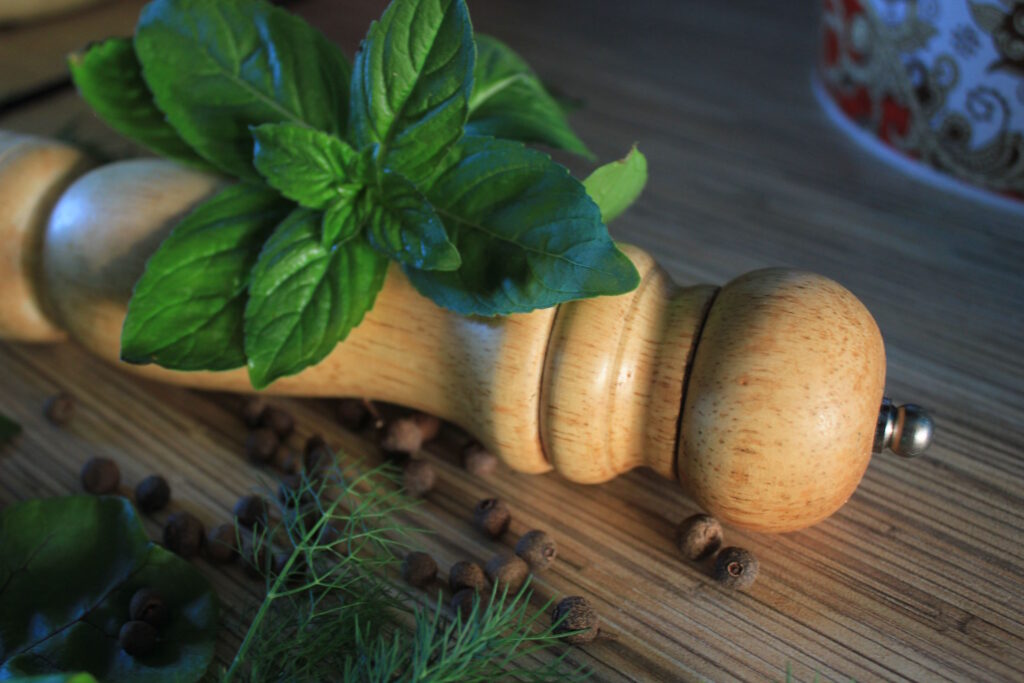
More Than Just Recipes
In preserving these recipes, we preserve not only flavors and techniques but also the very essence of what makes a house a home. Every measurement was converted from “a pinch” to precise amounts, every story documented alongside ingredients, every photograph taken of the finished dish becomes part of a living legacy that will nourish both body and soul for those who follow.
Start your own recipe preservation journey today. Reach out to that aunt who makes the best pie, record your grandmother’s stories while you still can, and document your own kitchen discoveries. These recipes are threads that weave families together, one meal at a time.


